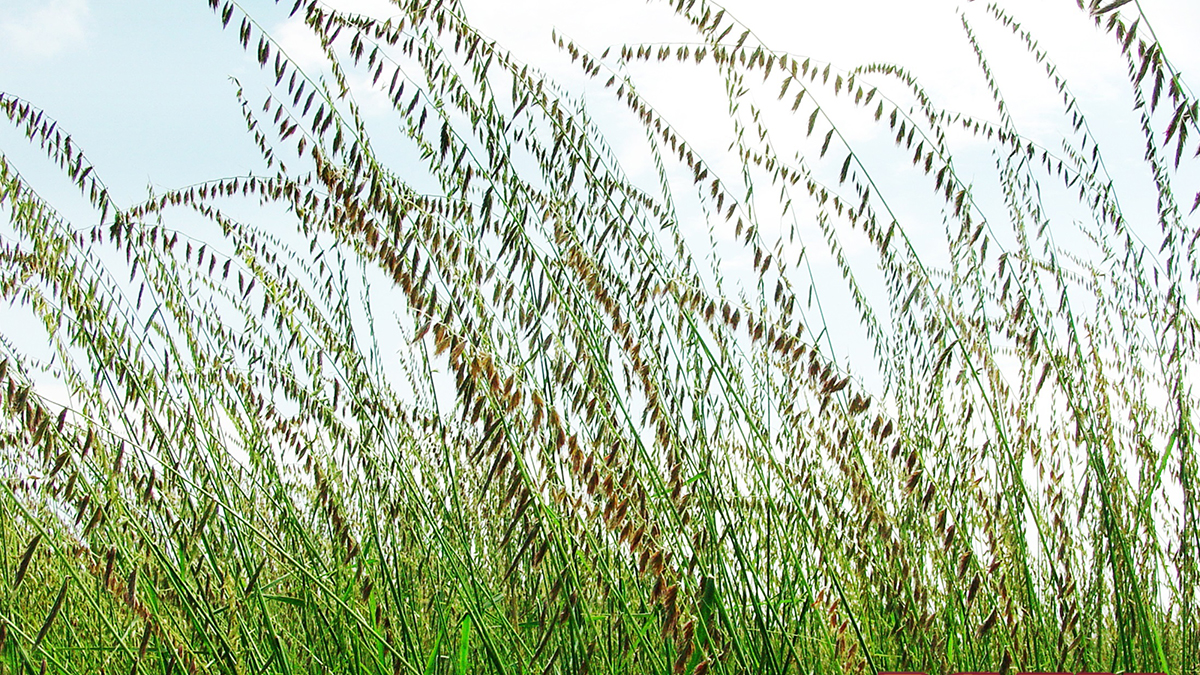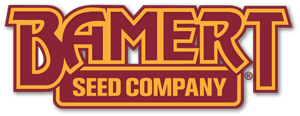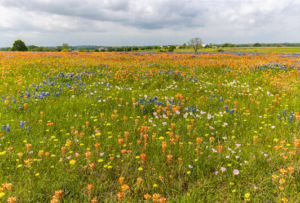
Cool-season grass, and warm-season grass. These are terms often used in the native grass industry. You may have heard them too, but sometimes they can be a little confusing. If you have ever wondered whether to plant cool-season grass or warm-season grass, keep reading as our Bamert experts dive into the subject.
Cool Season Grasses
- Do not go dormant in the winter months
- Will go dormant during the hot, dry summer months
- Begin growing again in the fall
- Great for livestock and wildlife during the winter months
Let’s take a look at Bamert’s most popular cool season grasses.
Virginia Wild Rye: This is a fast-growing grass that grows during spring and fall. This short-lived perennial is commonly grown along with Big Bluestem and Little Bluestem, as well as Indiangrass and Switchgrass.
- Thrives in rich, moist areas
- Can also take hold in sunny and dry conditions
Western Wheatgrass: Appears blue-green in color, growing in colonies. While Western Wheatgrass becomes dormant during the hot summer months; it greens up in the fall if moisture is available.
- Valuable forage for livestock and wildlife
- Grows best on clay loam soils.
- Produces new growth from axillary buds at the basal nodes of the stems and at the rhizomes.
Canada Wildrye: Not to be confused with Virginia Wildrye, this cool season grass grows on prairie sites, but can also be found in shaded areas on bottomland sites.
- Very palatable and readily eaten by all classes of livestock.
- Best adapted to medium-textured soils, but grows on most all types of prairie soils.
- Found in abundance along roadsides and protected areas, which indicates that it is a decreaser on prairie sites.
Warm-Season Grasses
- Highly resilient
- Deep roots, so great for drought and extreme heat
- Break dormancy and begin growing around May
- Actively grow during the spring, summer, and early fall months
- Great for grazing livestock and wildlife during the warm season
Bamert’s most popular warm-season grasses include the following:
Big Bluestem: While at its best in the summer and fall, this hearty grass remains palatable in the winter, as well. The tri-season longevity of Big Bluestem makes it one of the most important range grass species. Offers high-quality, nutritious forage all types of livestock enjoy.
- Usually found on mountainous plateaus, rocky slopes, and sandy plains.
- Tolerant of drought and cold.
- Can be blended with other native grass seeds, such as Blue Grama or Buffalograss.
- Often used for soil conservation.
Indiangrass: As one of the highly desired “big four” tall grasses, this warm season grass is easily identified by the unique auricles at the base of the leaf; they look like rabbit ears.
- Readily grazed by all livestock.
- Adapted to fertile, moist soils from heavy clays to sands on prairies, savannas, and meadows.
- Good nesting cover for quail and turkey and fawning cover for deer.
Sideoats Grama: Like Big Bluestem, this warm season grass enables soil conservation. It also played a significant role in the recovery of grasslands following the drought of the 1930s. Our experts recommend this species for its range and pasture seeding and bank stabilization.
- Tolerant of drought and cold.
- Produces high-quality, nutritious forage that all types of livestock are fond of.
- Can be blended with other native grass seeds, such as Blue Grama or Buffalograss.
Our Bamert Seed experts often recommend blends of both cool- and warm-season grasses to their customers. These blends offer the most benefits for livestock, wildlife, and soil health. If you have questions about the type of grass that’s best for your project or need a custom blend for your specs, we’re always just a click away.



